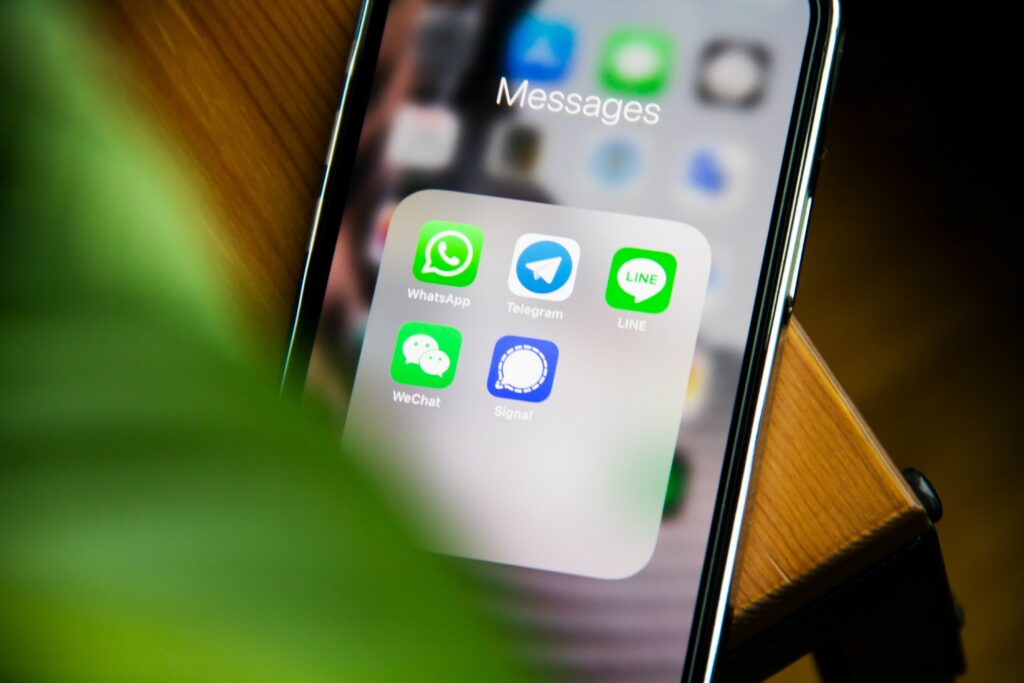
A number of years ago, I bought some cryptocurrency to find out what the hype was all about. To buy it, I needed to register for an account. As part of this process, I needed to verify who I said I was. This involved enter my details into the registration form and uploading a scan of my passport. I also needed to take a photo of myself holding my passport (with the front page open). It was a bit tricky to get the photo to not have a glare, but in the end I succeeded. After waiting about 24 hours, I received an email saying the account was approved and I could proceed.
As more and more of the people after by crises are digitally literate and have mobile phones, the ability to use SMS to gather information is easier and easier. This includes self-registration. The challenging aspect of self-registration is whether or not we ‘trust’ the information provided. We need some sort of verification process. Historically, this is people. On the ground, people interacting with people, gathering information and checking paperwork. This is still the most common method.
However, as we experiment with self-registration, we also need to be experimenting with verification methodologies. People and AI methods. It won’t be perfect and therefore we need to build in strong feedback loops where people can complain and we can fix the issues. Quickly. Kindly. And with humanity.
And of course it won’t work for everyone. Not everyone has a phone. So we’ll need teams, perhaps specialist teams who find the extra vulnerable, the elderly, the ones left behind. But if we can deal with the majority in a new way, we can invest more in finding those who are missed out.
Self-registration connected to data portability could take us into a whole new future.

0 Comments